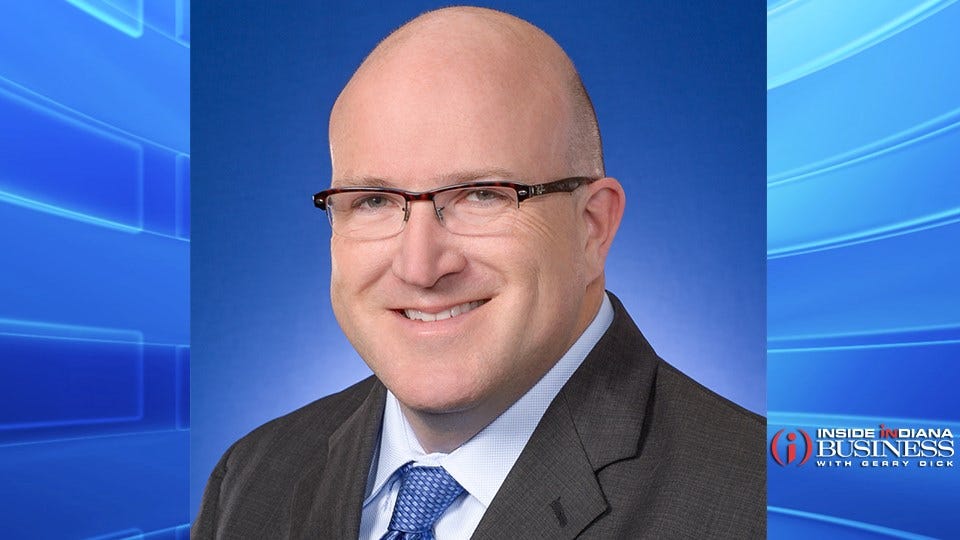Broadband: Elevating an Essential Service

Subscriber Benefit
As a subscriber you can listen to articles at work, in the car, or while you work out. Subscribe NowIn the months and years ahead, many will chronicle the lessons learned in this global pandemic. One will stand out – high-speed broadband moved from a “nice-to-have” to a “must-have” essential service. Millions of employees moved from high-capacity offices to kitchen tables and home offices, right along with their children and families. Broadband essentially powered all of the work-from-home and school-from-home functionality.
Smithville had previously made significant investments in upgrading its already fast and secure network, which paid off across our customer spectrum as the lockdown unfolded. In some areas of Indiana, internet use jumped as high as a 70% increase. In addition to new work- and school-related uses of broadband, telehealth visits experienced triple-digit growth as patients, physicians, and medical professionals connected online. Cooped-up families and individuals turned to streaming tv and music platforms to help pass the time while safely sheltering, which added significantly to the digital workload.
Much of this dramatic increase is still here, as many people still work from home, and many schools remain 100% online or have a hybrid schedule of online teaching and limited in-school attendance. Some openly predict that at least some degree of the in-home worker model is here to stay.
So, what’s next? The strain of massively moving online revealed numerous cracks in America’s broadband capacity and underscored the existence of the digital divide – those who have access to high-speed, high-capacity broadband and those who don’t.
Smithville has long been a champion of high-speed fiber-based (or fiber-assisted) broadband in rural areas, and we saw firsthand the need to double down on efforts to expand high-speed internet availability to families and businesses. Like other broadband companies, Smithville moved quickly at the onset of the COVID-19 crisis to provide free Wi-Fi-hotspots for rural communities and schools to close critical gaps. Many in our industry truly worked together to serve people.
Despite current efforts, it remains clear that solving the broadband accessibility challenge represents a critical objective in the days, months, and years to come. A Federal Communications Commission report found that most of the 21 million Americans who don’t have access to high-speed broadband live in rural areas.
In response to this challenge, many states – including Indiana – have made improving broadband access an even higher priority. Gov. Eric Holcomb and Lt. Gov. Suzanne Crouch are openly supportive of state and local efforts to improve broadband connectivity. The state is investing $100 million across the state through the Next Level Connections Broadband Grant Program, begun prior to the COVID-19 crisis, to address this critical issue. This funding includes many rural areas across Indiana, including some Smithville areas and projects. Entities like the Purdue Center for Regional Development, ROI, Radius Indiana, and local economic development organizations all work to find ways to supply this necessary connectivity to rural areas and small towns.
It is also true that the digital divide exists in larger urban areas, where despite the technical availability, far too many still don’t have needed access to high-speed broadband.
Moving forward, here are some thoughts to accelerate strategic broadband access:
Identify key stakeholders and create fresh opportunities for collaboration. While state government leaders (like those in Indiana) recognize the strategic need for broadband, creative solutions are required to meet need and demand. Fiber broadband construction still costs up to $65,000 a mile (especially in challenging areas of rural Indiana), which represents a major hurdle. Community leaders, economic development officials, business executives, service providers, local and state government leaders, and others need to constantly share ideas to find out-of-the-box solutions.
Disruptive innovation is key. Smithville recently partnered with two local rural electric membership cooperatives – South Central Indiana REMC and the Utilities District of Western Indiana REMC (UDWI) – to come up with ways to accelerate fiber construction and high-speed broadband availability to rural customers in their overlapping service areas.
Explore new public-private ventures. The federal government has provided more than $22 billion over the past five years to support the expansion of rural broadband. This represents a great trend, but the reality is that a much higher degree of investment will ultimately be necessary. What does that look like and how can it be developed in an equitable fashion?
Adopt new technology. Many have touted 5G wireless networks as a possible partial answer to broadband shortfalls. While promising on many levels, 5G requires extensive new infrastructure, including multiple poles constructed in matrix networks. And at the end of the day, 5G still requires fiber connectivity to link up to major nodes and networks. As the industry works to resolve the digital divide, hybrid solutions yet-to-be-discovered will likely emerge. The point? We need to keep searching, evaluating, and working.
In the days ahead, business practices, government roles, and improvements in physical plants and equipment will continue to evolve. Let us all work together to close the digital divide and fulfill broadband’s critical essential role.
Cullen McCarty is Executive Vice President of Smithville, Indiana’s largest privately held telecommunications company.
